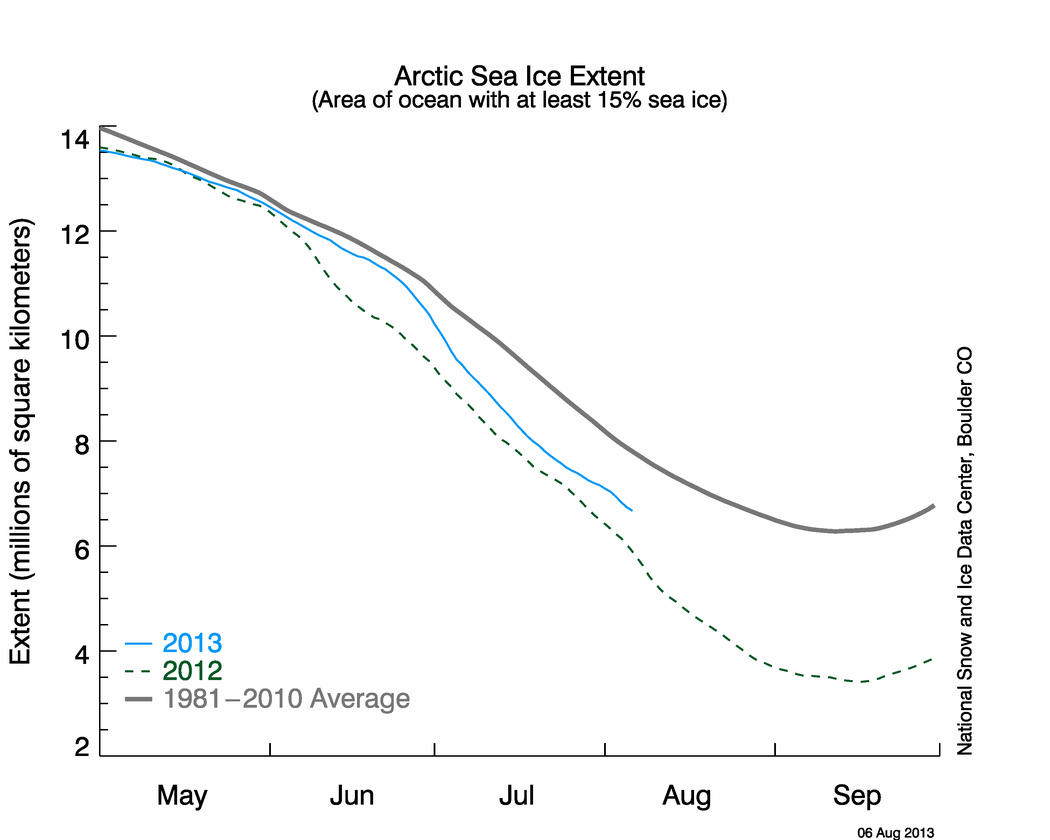Photo: Ford
Will contractors populate their service fleets with electric vehicles? Ford is counting on it. The company will begin selling the Transit Connect Electric this summer.
The Transit Connect Electric is a half ton, commercial van with a range of 80 miles (60 miles if the air conditioning's running), top speed of 75 MPH, and capability of climbing a 20% grade. It's uncertain if the performance figures are for a fully loaded vehicle or an empty one. It's likely, the latter.
Charging using a 240 volt supply takes six to eight hours. With a 120 volt supply, it takes 16 hours to fully charge.
Initially, the product will only be sold through fleet purchase. It will be built in Turkey and shipped to Michigan to be fitted out as an electric vehicle. Service will be offered at any Ford dealership.
Total cargo space is 135 cubic feet. The load length is 72.6 inches. Floor-to-ceiling is 59.1 inches. Width is 47.8 inches.
On the surface, it looks like Ford might have a winner. Contractors operating with tight geographic areas might be able to use the Transit Connect Electric for light duty, like maintenance calls. Those who drive 30 miles between calls are not candidates.
The economics of operation look attractive. In December 2009, the average commercial electric power rate was $0.0973 according to the Energy Information Administration. The average price at the gas pump was $2.60.
The Transit Connect Electric is supposed to charge off a 240 volt outlet. But what amperage? None of the articles mention amps. The best case is to assume a 15 amp circuit. This means the Transit Connect Electric draws 3,600 watts while charging (240 volts X 15 amps). Over eight hours, that results in 28.8 kWh (3,600 watts/1000 = 3.6 kW X 8 hours = 28.8 kWh).
At $0.0973 per kWh, this results in a cost of $2.80 to fully charge the Transit Connect Electric for its 80 mile journey.
The gasoline powered Transit Connect gets 23 MPG. To travel 80 miles, the vehicle uses 3.48 gallons (80 miles/23 MPG = 3.48 gallons). At $2.60/gallon, the same 80 mile trip costs $9.04 (3.48 gallons X $2.60/gallong = $9.04).
The electric vehicle saves as much as $5.57 per day. If operated 250 days per year, that's an annual saving of $1,560.31. This is real money.
The Transit Connect Electric seems like a winner. Use it as a maintenance vehicle, plaster "electric powered 'green' vehicle" all over it, position the company as environmentally responsible, earn green points, and save money. This looks as good as the decision by hotels to ask guests to save the earth by using dirty towels and sheets.
Everything looks good, except for the one missing piece of information. What does it cost?
The gasoline powered Transit Connect lists for $22,245. How much could the Transit Connect Electric cost? At $27,000 it would offer a three year payback. That's very doable.
According to a
Fox News report, "people close to the project have previously indicated that it likely will cost at least $50,000 before various green tax credits are factored in."
Gulp!
At least $50,000? Unless there are $20,000 of dollar-for-dollar green tax credits, it's hard to see the Transit Connect Electric going anywhere. Maybe this is why Ford is planning on 1,000 vehicles in the first year and no more than 5,000 thereafter. It seems Ford's not counting on contractors populating their fleets with electric service vehicles after all.
Green "cred" or not, will any contractor pay a $28,000 premium to save up to $5.57 per day for a limited use vehicle?


















